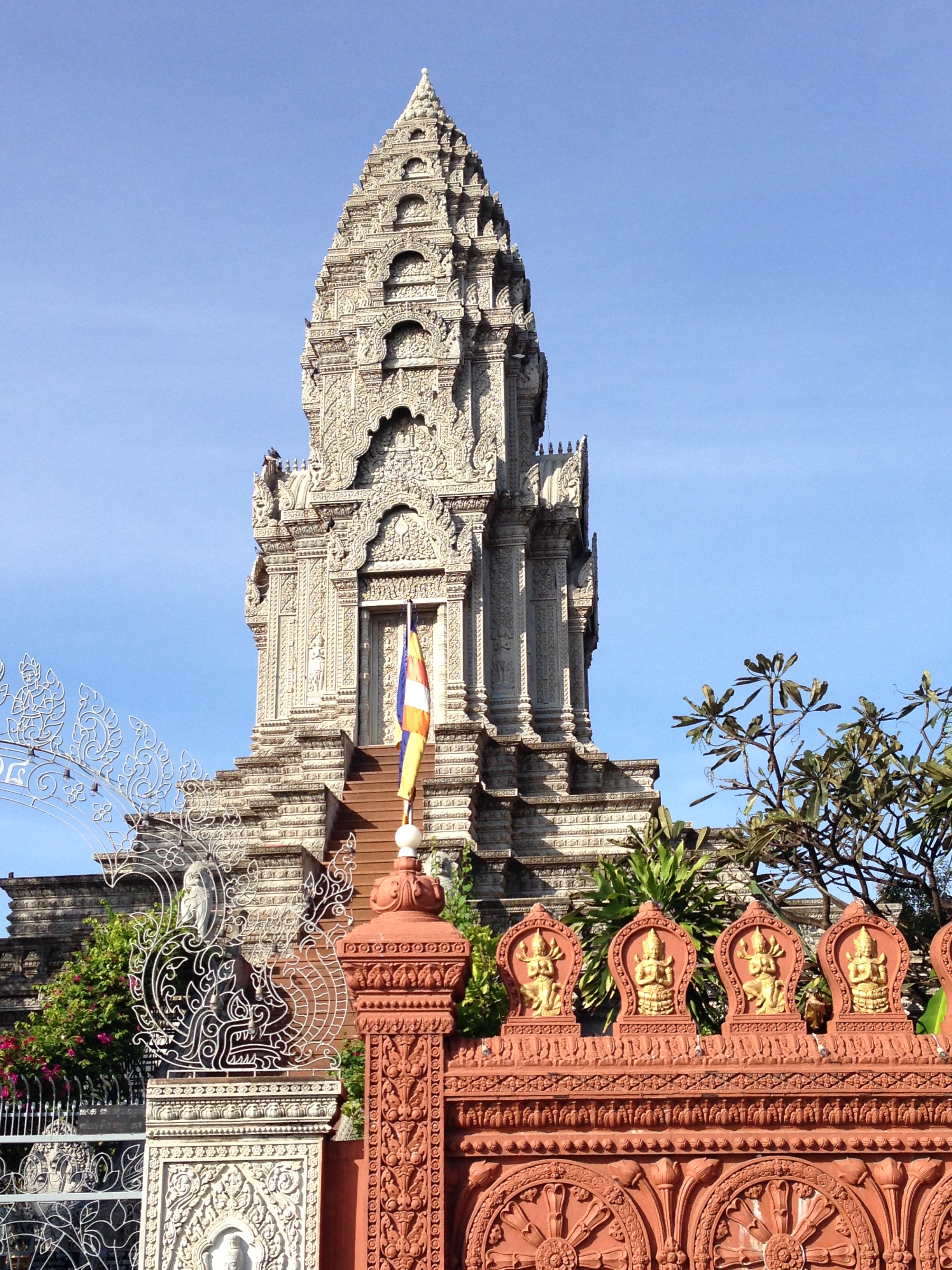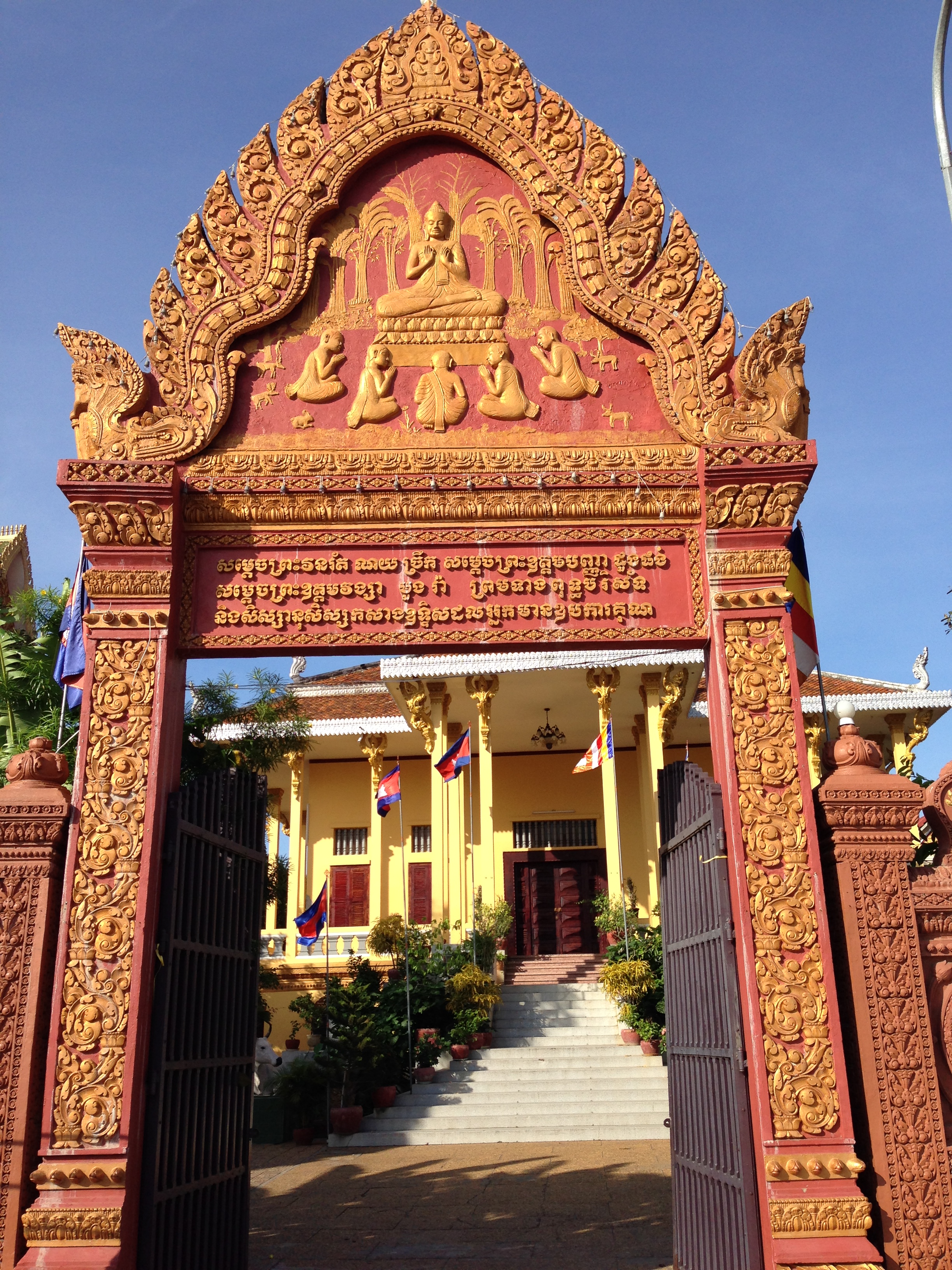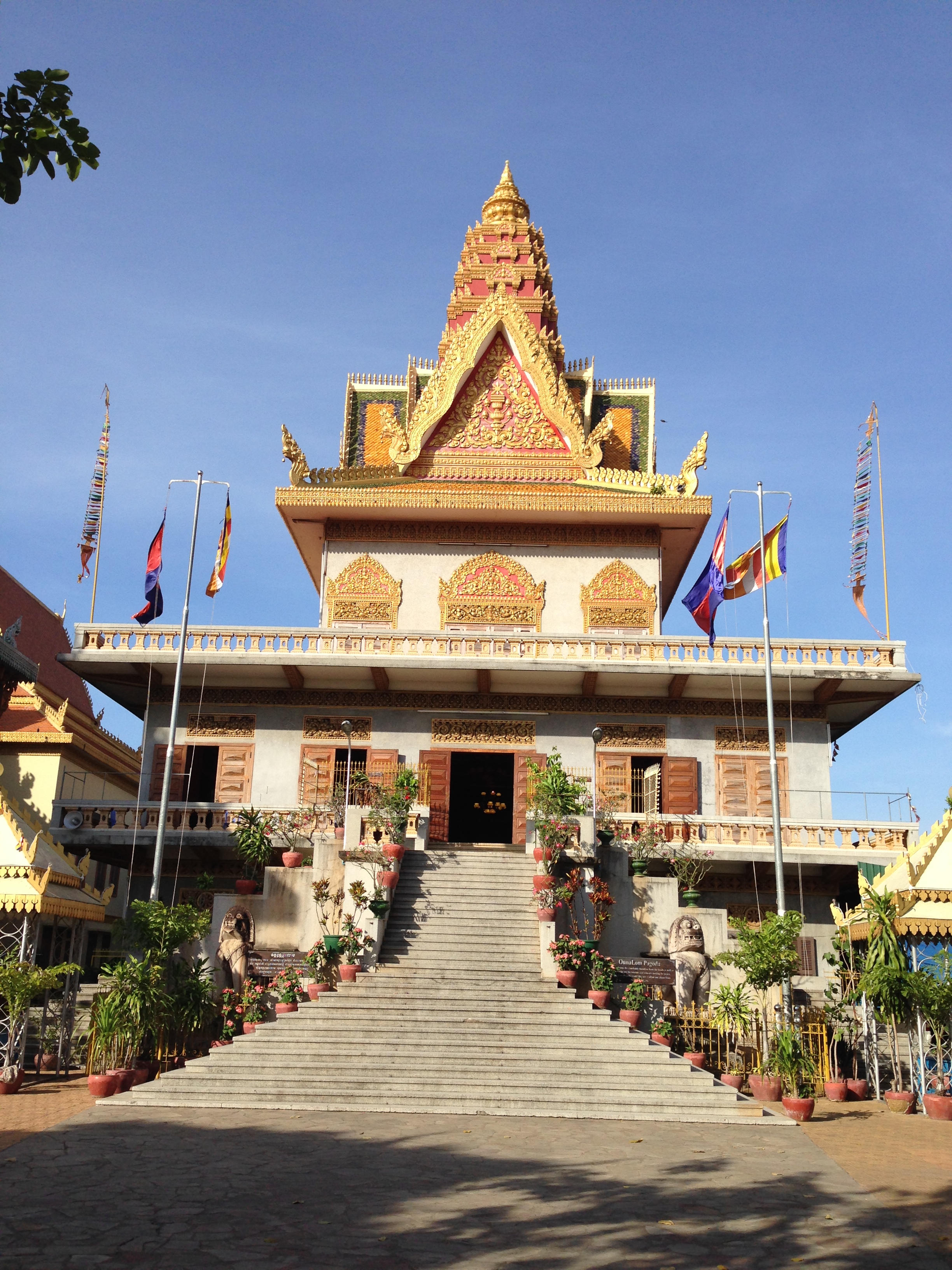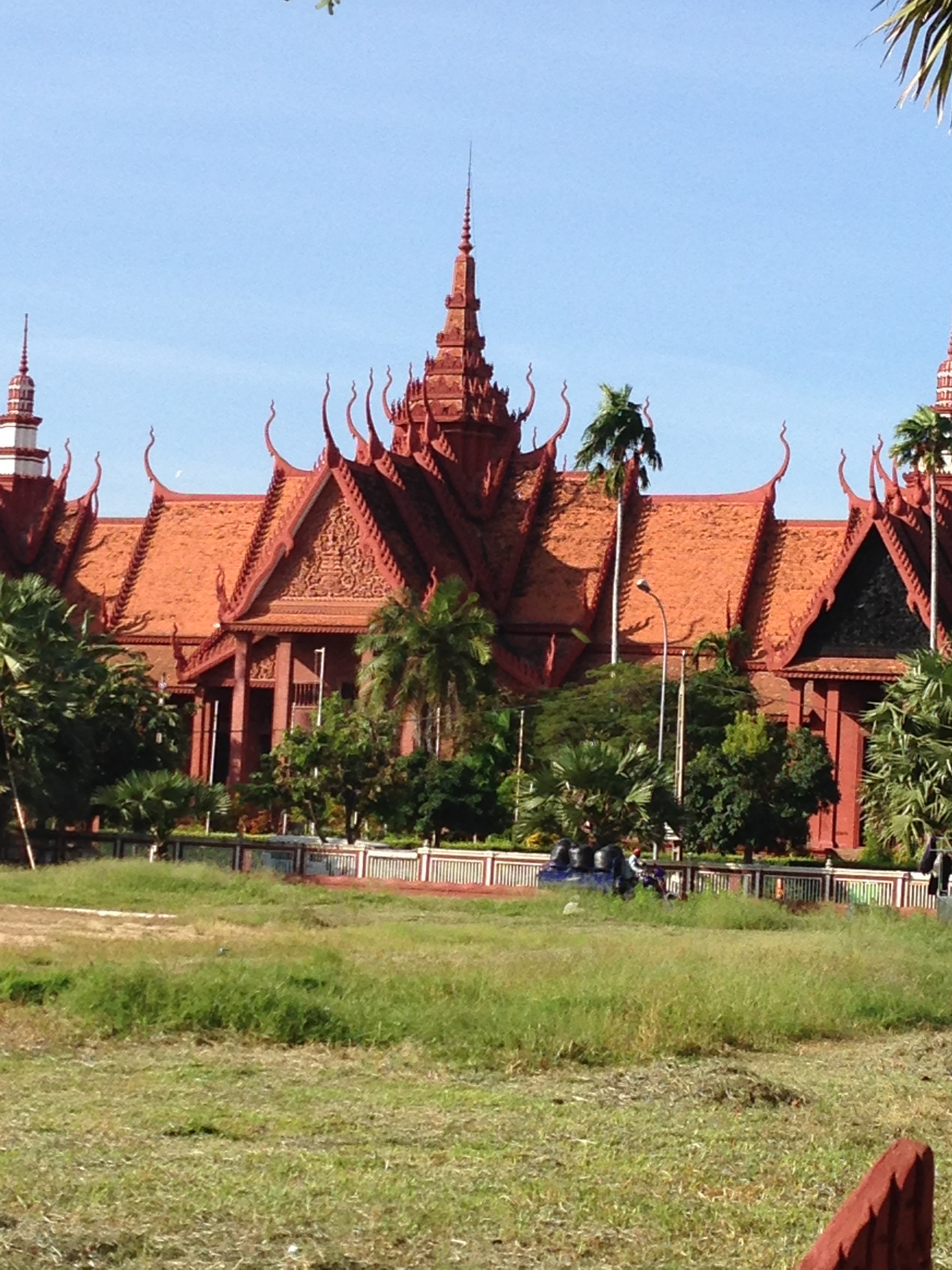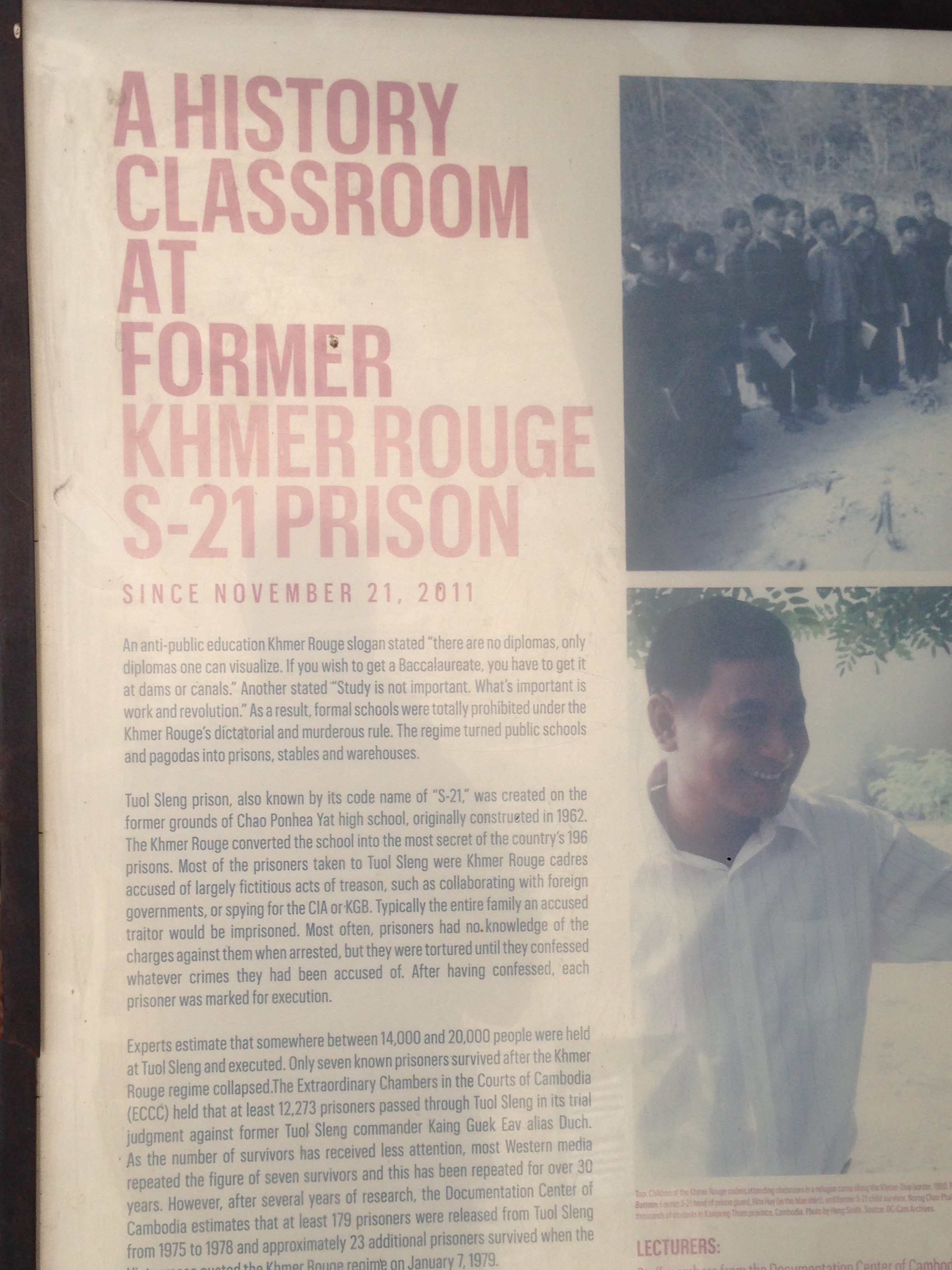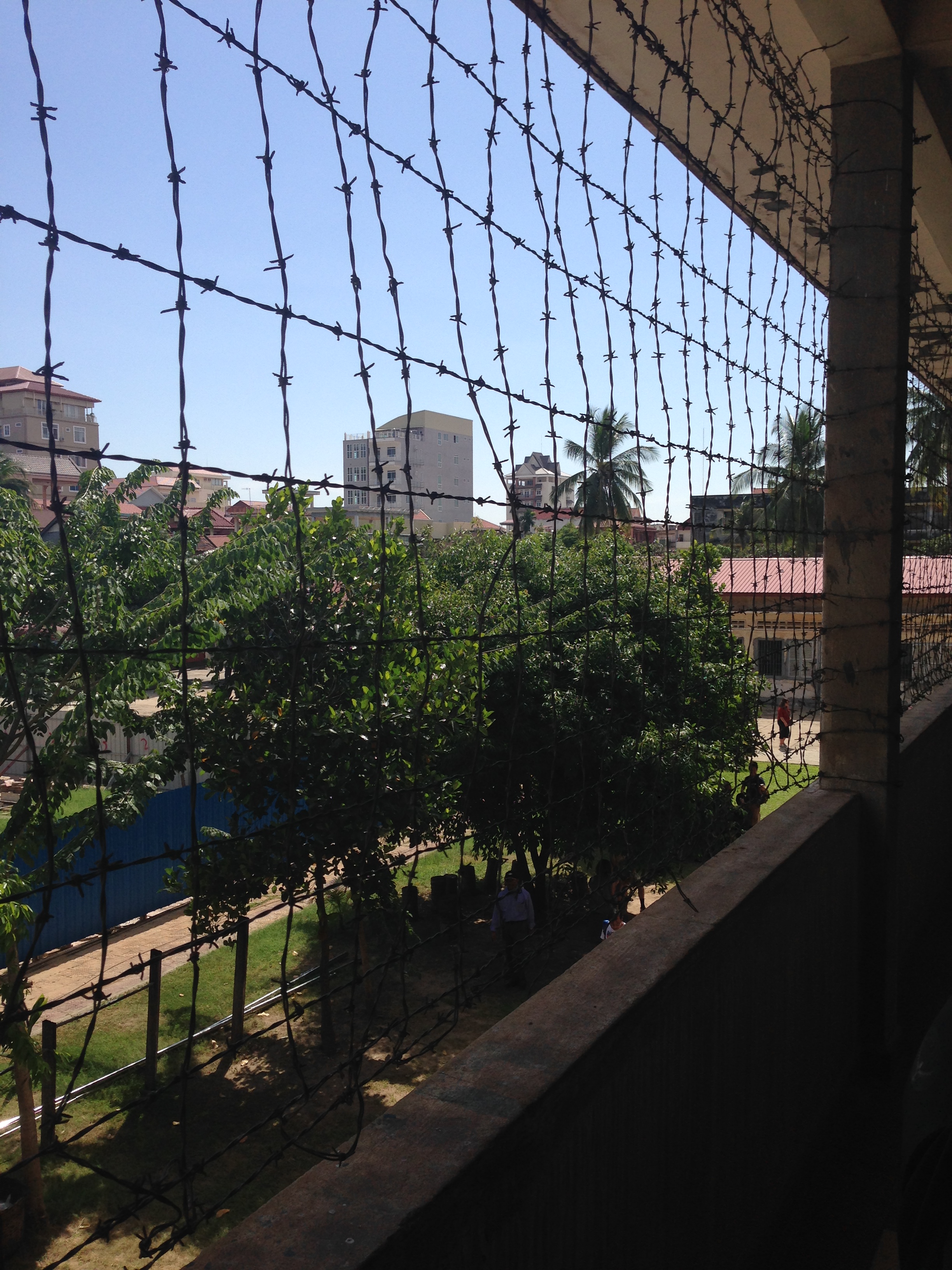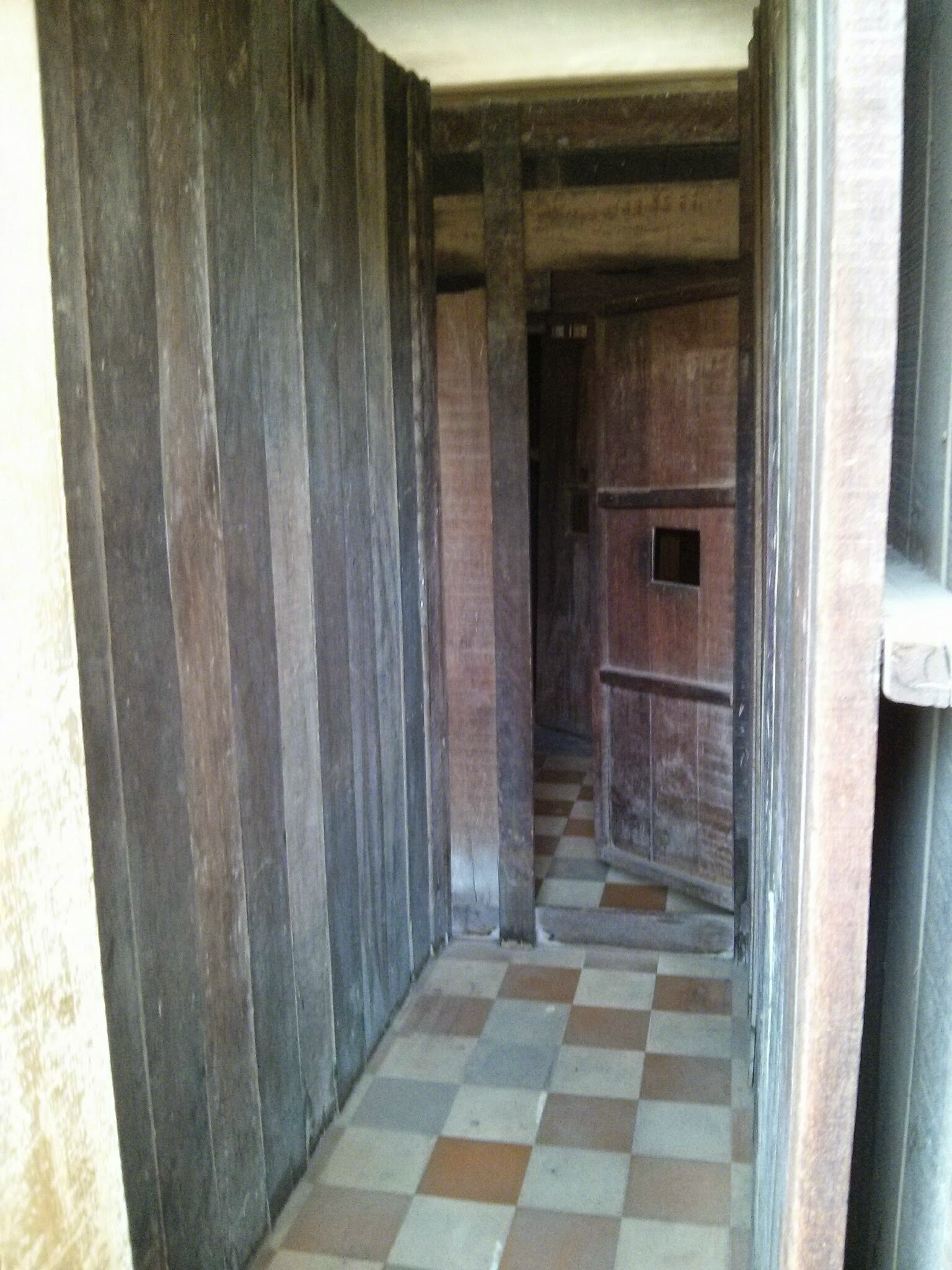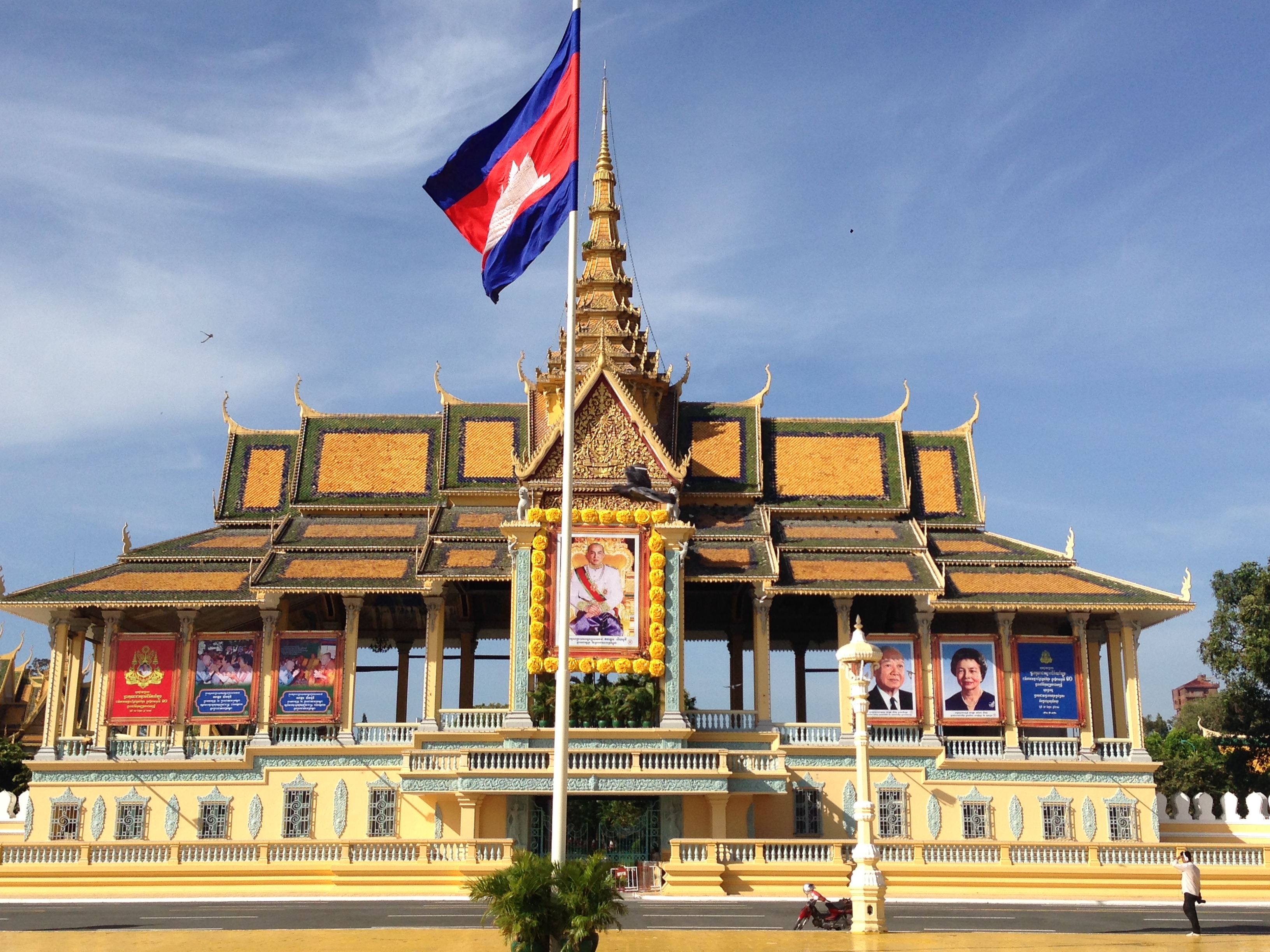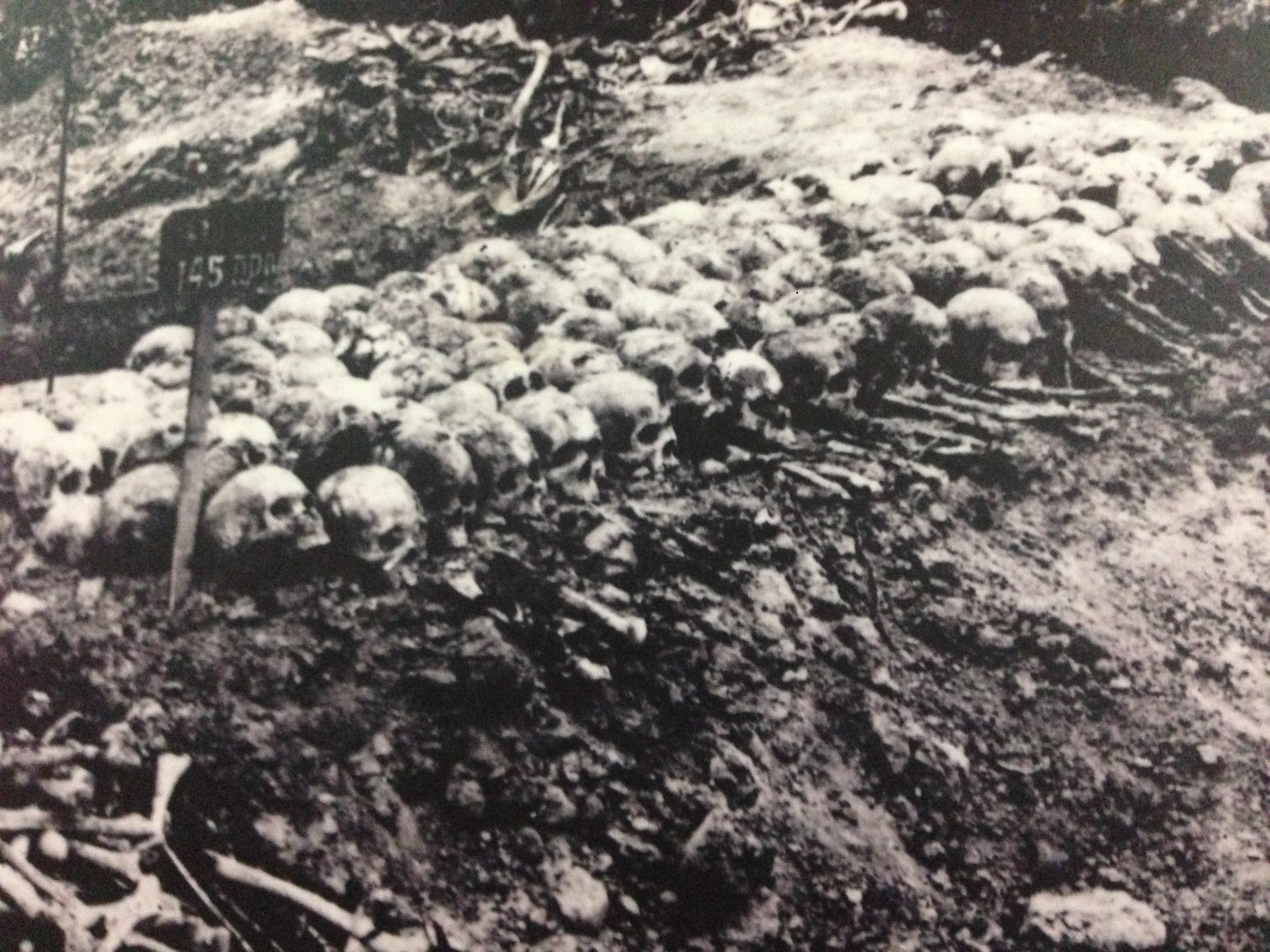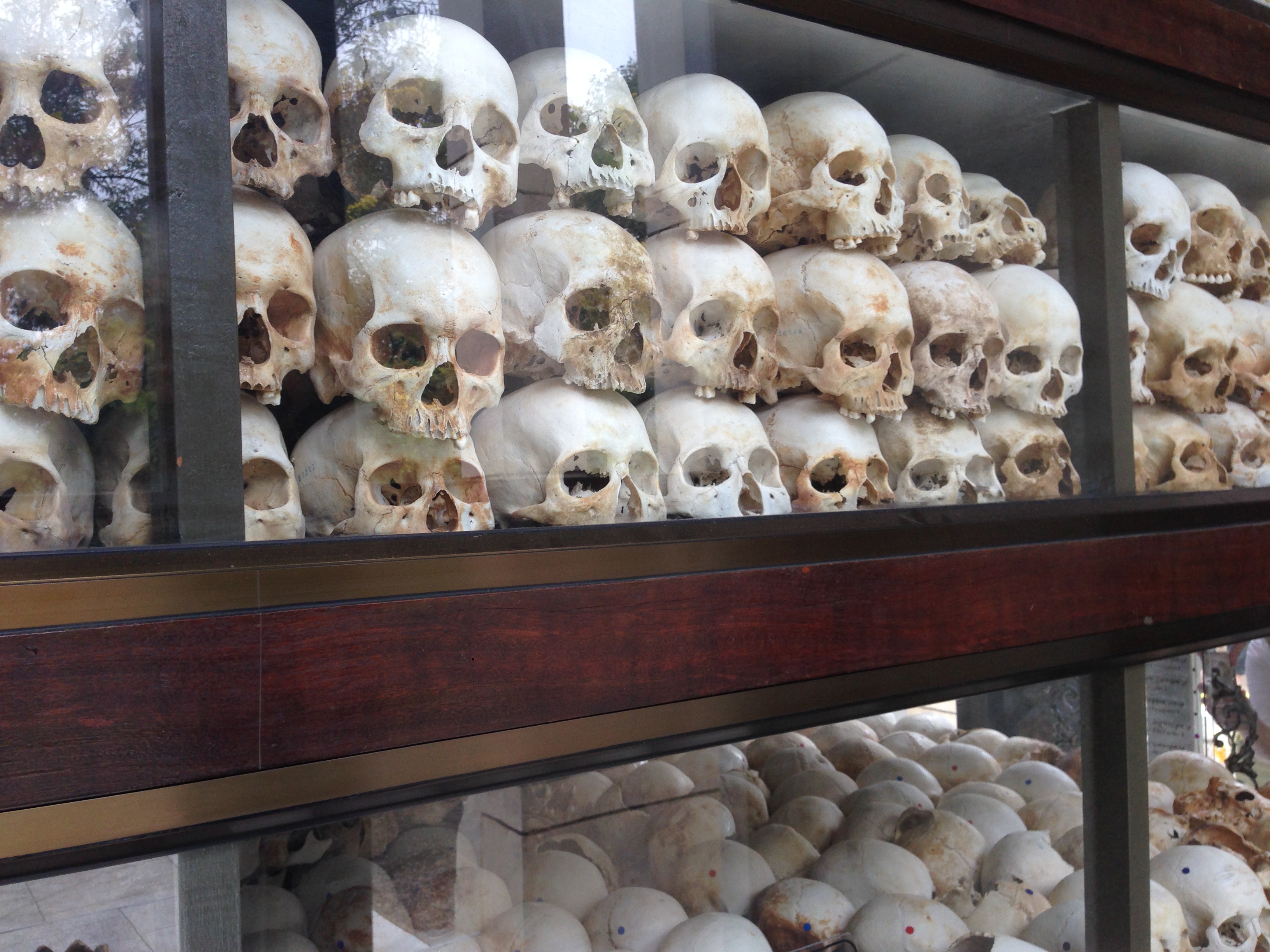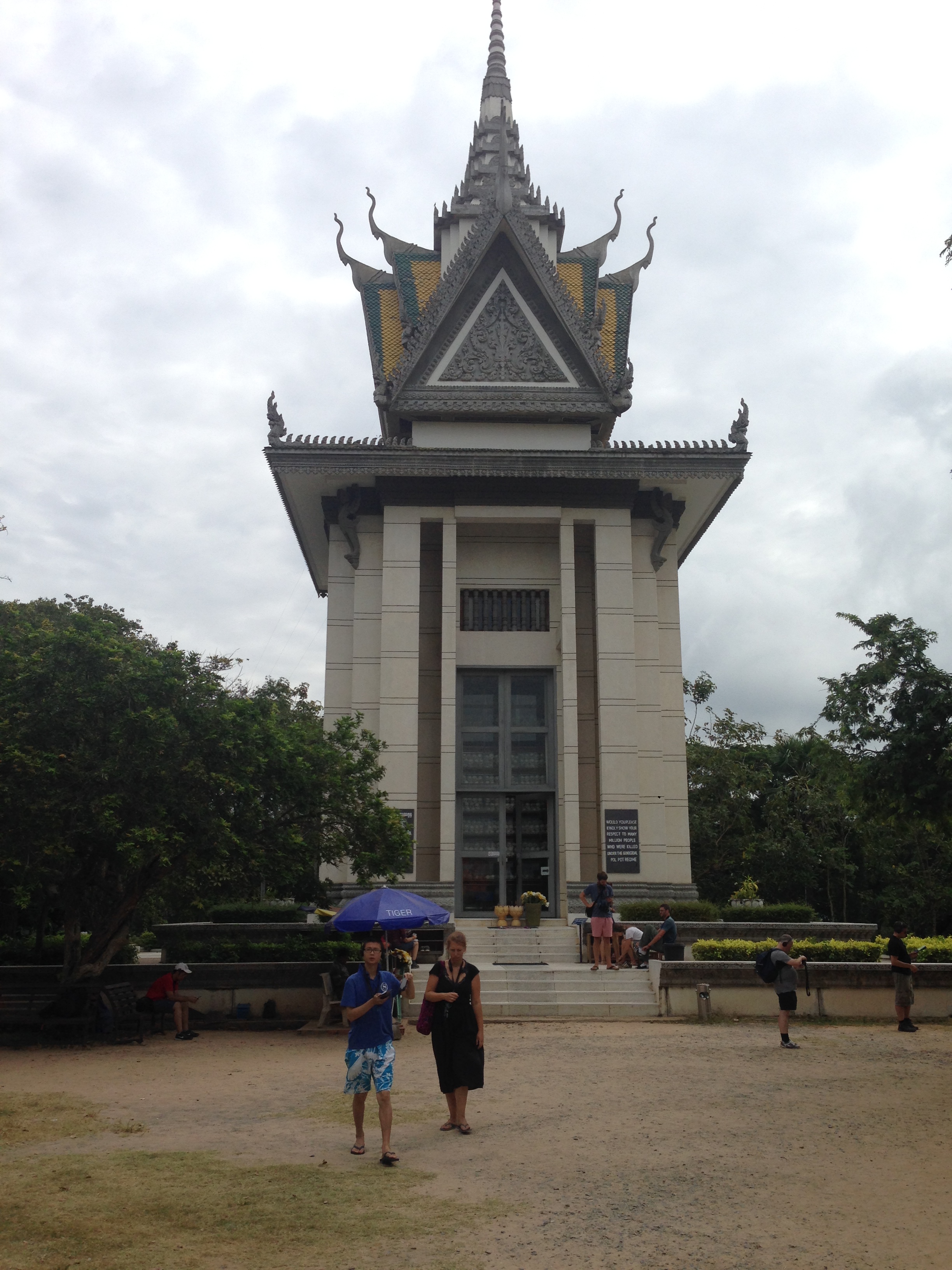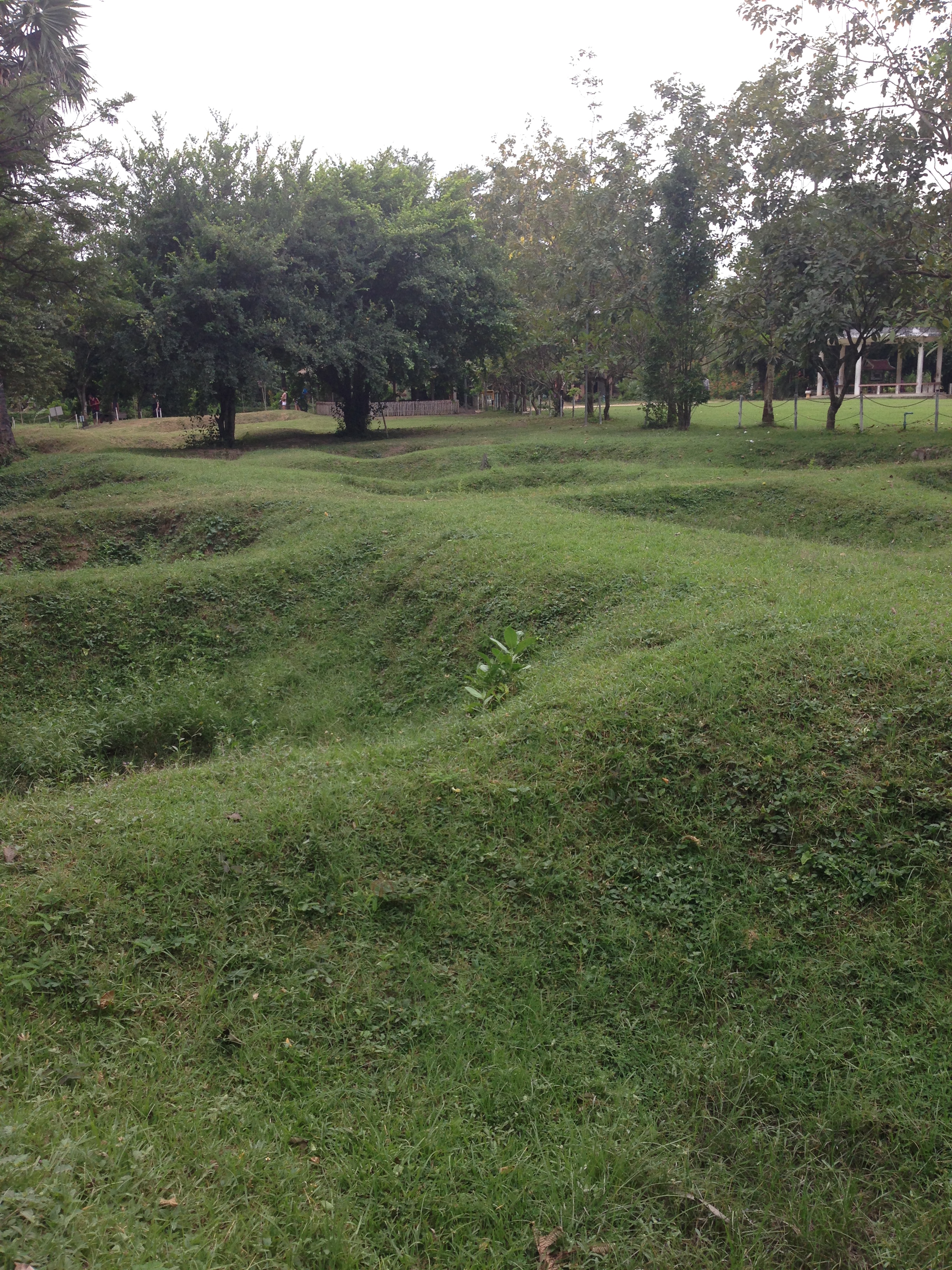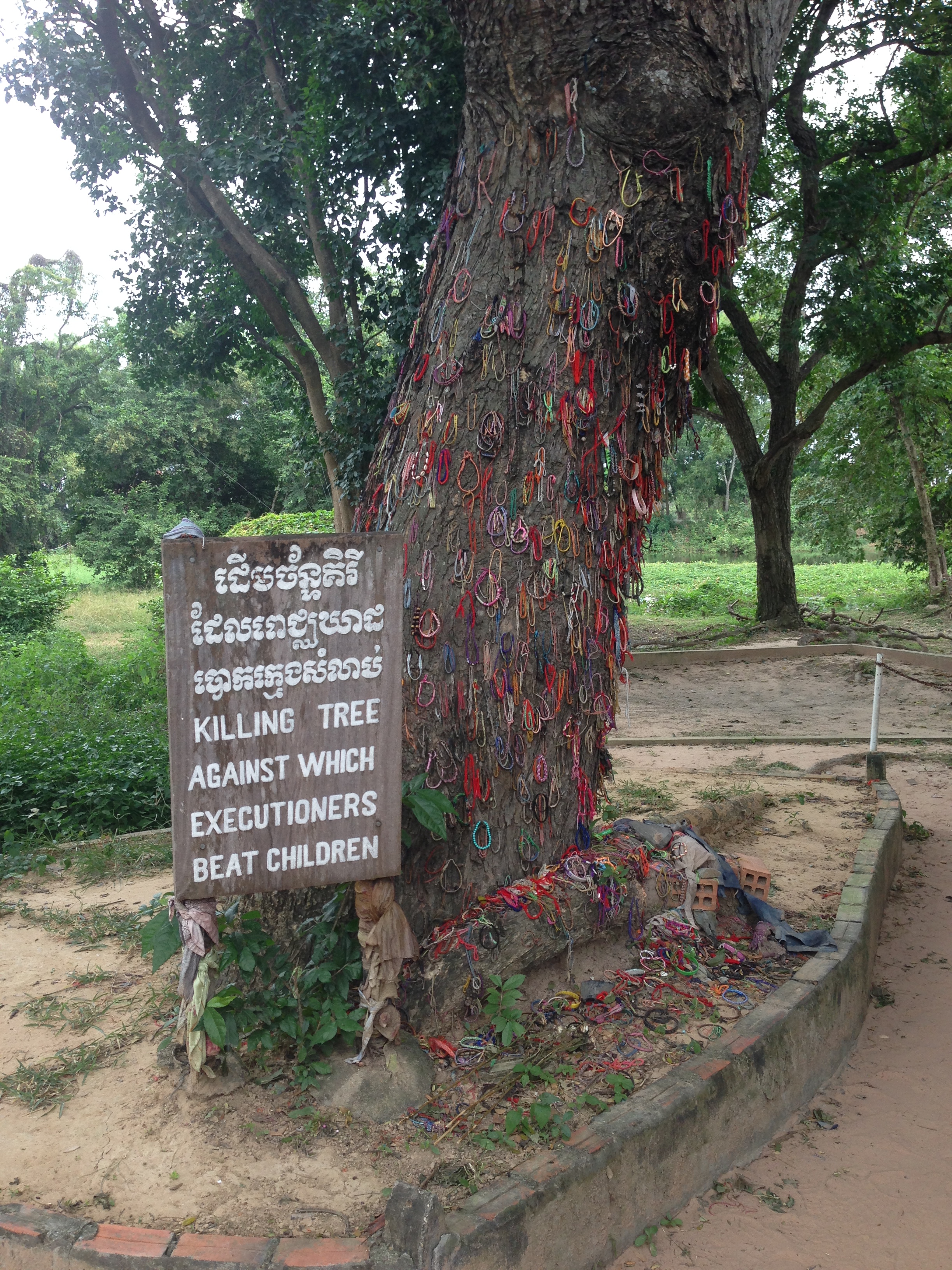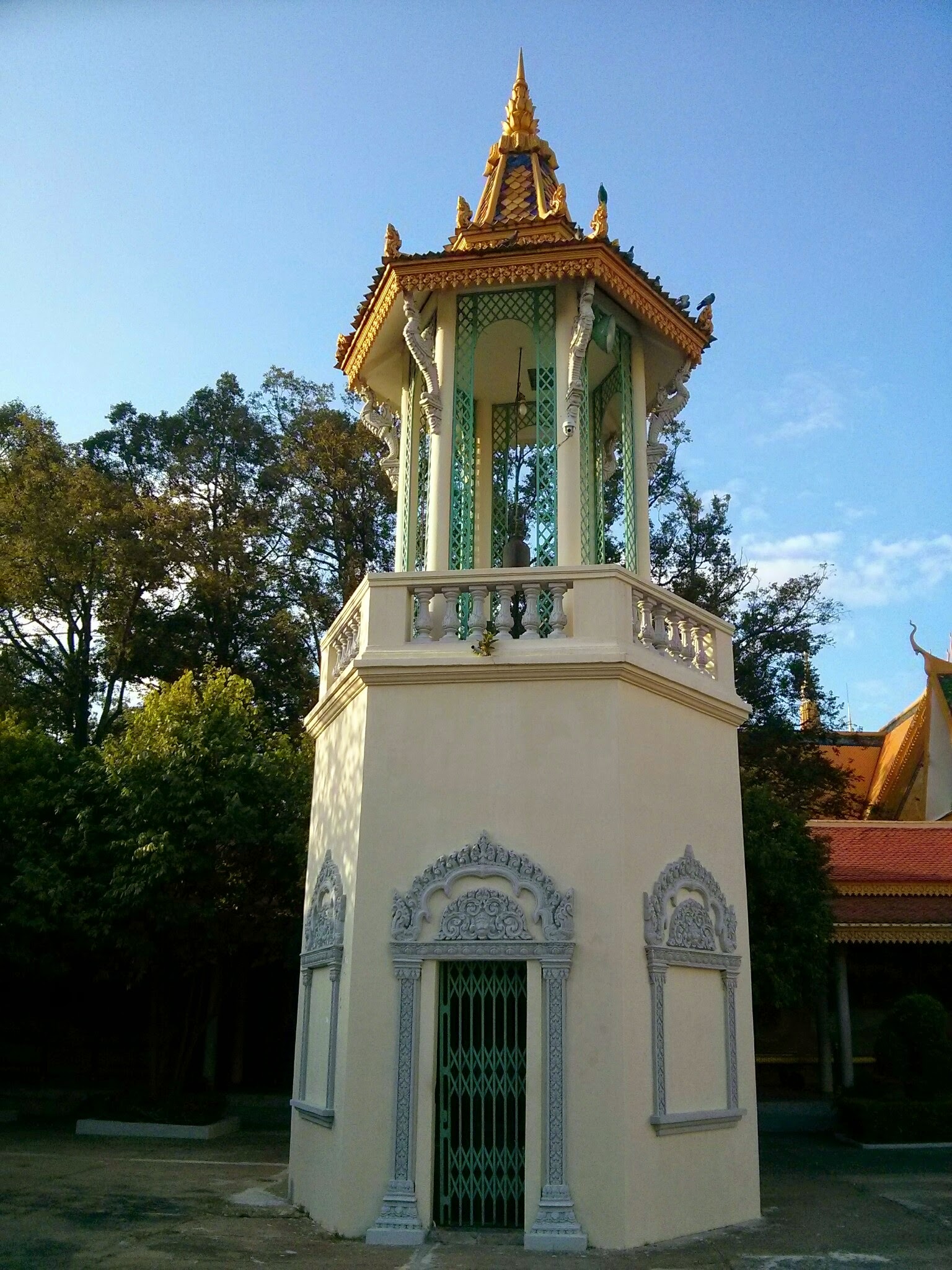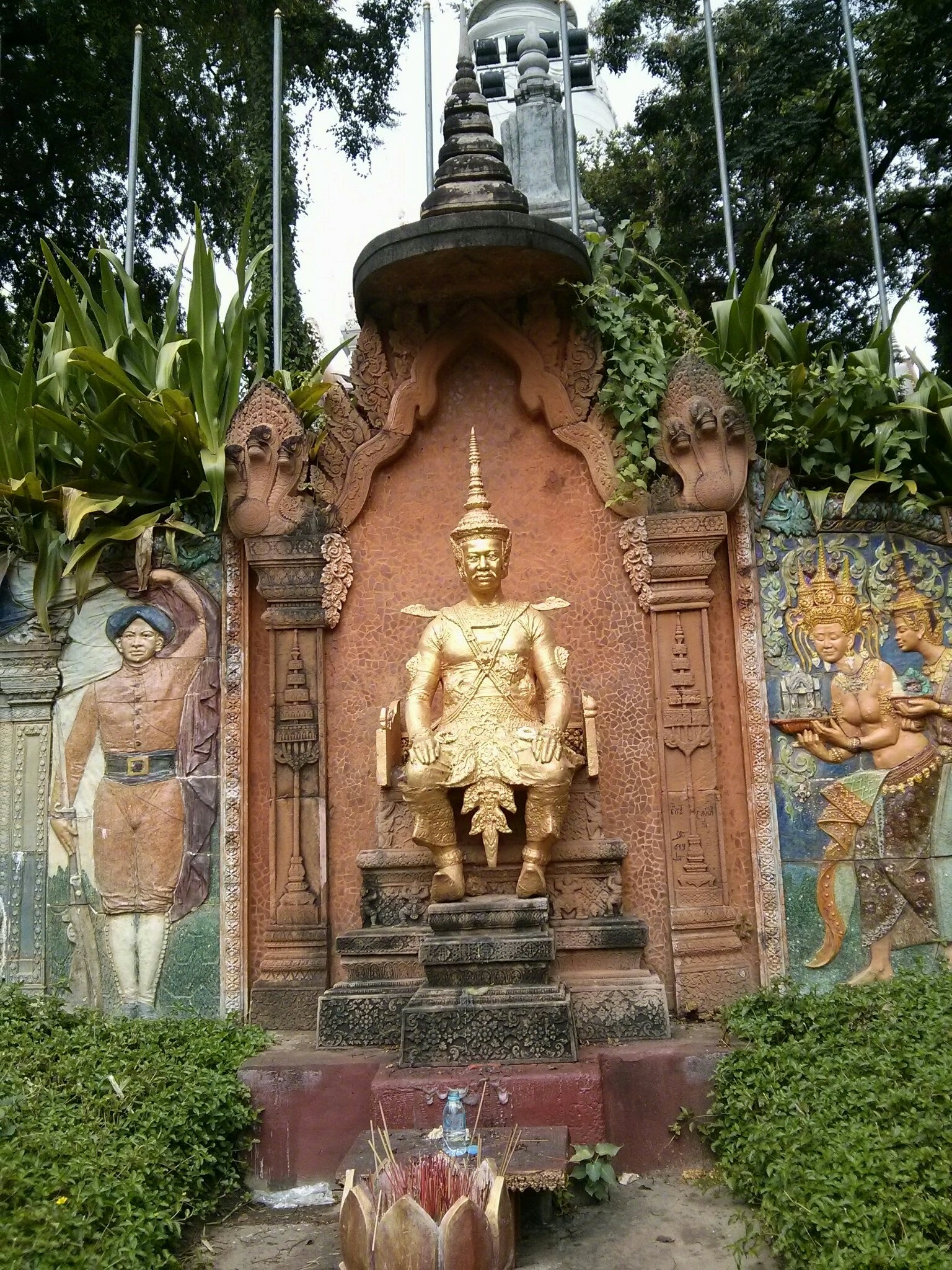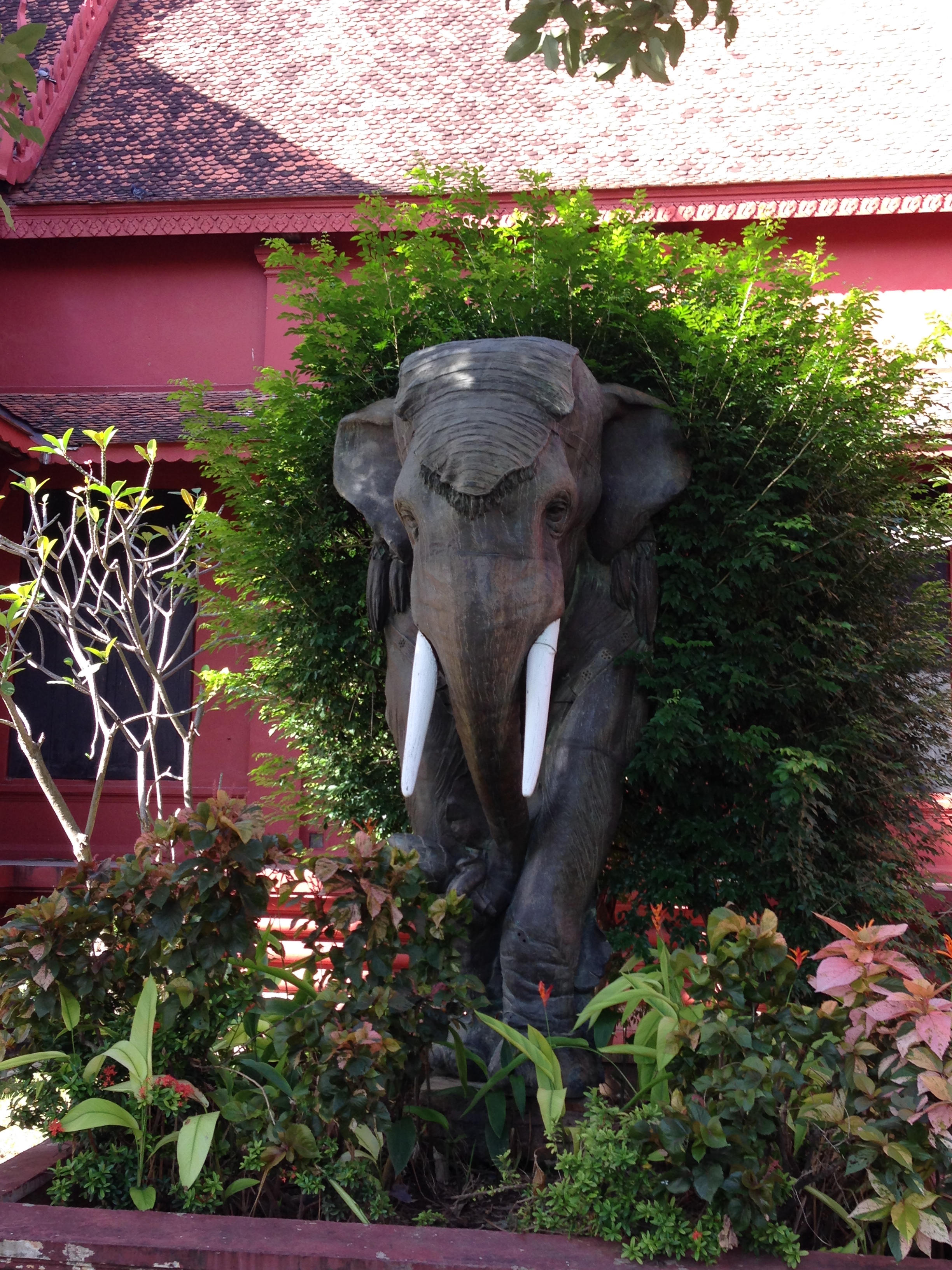I came to Phnom Penh on a work trip about 8 years ago and hated it. It was hot, smelly, dirty, neglected and mosquito infested…the two main tourist attractions were the Pol Pot killing fields and the Genocidal museum… add to this the fact that the Mosquitos carried dengue fever and it just capped off an ordinary trip. I am happy to say that things have changed significantly for the better. The streets are clean, the place has been developed and there are much more interesting things to see and do here.
Phnom Penh is on the banks of the Tonlé Sap and Mekong Rivers and is the capital of Cambodia. It is interesting to note that while they have their own currency (the real) it is basically not used and all things are priced and sold in $US…to the point that ATM’s dispense $US. The only time the local currency comes into play is as change for an item that requires coins (one $US being worth 4000 real). The other thing of note is that the streets are numbered, however not numerically. The streets running N-S are (notionally) odd numbered and the ones E-W are (sort of) even…but once again…not numerically. This makes navigation a touch difficult at times.
Quick history lesson – Back in the 1920s it was known as the “Pearl of Asia” and was one of the loveliest French-built cities in the region. During the Vietnam War the North Vietnamese Army and the Viet Cong used Cambodia as a base and Phnom Penh became a refuge for almost 3 million people trying to flee the fighting. In 1974 the Khmer Rouge cut off supplies to the city and on April 17, 1975 the city fell and the Khmer Rouge took control of the country. Their first order of business was to revert to an agrarian society, classifying city dwellers as “new people” and country folk as “old people”.
In power, the Khmer Rouge carried out a program that led to isolating the country from all foreign influences, closing schools, hospitals, and factories, abolishing banking, finance, and currency, outlawing all religions, confiscating all privately held property and relocating people from urban areas to collective farms. By 1976 it was estimated that 80% of the population suffered from malaria. One of the Khmer Rouge mottos about the new people was “To keep you is no benefit. To destroy you is no loss.” Money was abolished, books were burned, teachers, merchants, and almost the entire intellectual elite of the country were murdered to make the agricultural communism (as Pol Pot envisioned it) a reality.
Over the next three years, the Khmer Rouge killed many intellectuals, city-dwellers, minority people, and many of their own party members and soldiers who were suspected of being traitors. Nobody knows how many people were killed by the regime but various studies have estimated the death toll at between 740,000 and 3,000,000.
So anyway…as part of our tourist run we hit the Tuol Sleng Genocide Museum which was a former high school that was turned into the Security Prison 21 (S-21) where most of the torturing took place. Out of around 17,000 people imprisoned at S21, there were only twelve known survivors. The first bit was pretty lame with an entire building full of rooms with a single metal bed in them. From here the world got very real with photos of the prisoners, the cells, images of the torture machines and a room full of human skulls and bones.
The rest of the day was comparatively uplifting after the genocide museum. We went to the Palace, the silver pagoda, the Russian markets, Independence and Liberation Memorials, the museum and Wat Botum.
The next day we got up early and grabbed a tuk tuk to the Killing Fields of Choeung Ek which are about 17 km south of the city and were about as uplifting as the genocide museum. This is just one of over 300 such fields scattered throughout Cambodia. I came here on my first trip and it was a sobering experience with human bones and clothing protruding from pits in the ground. If possible it has become even more confronting.
The roads on the way to the killing fields have been fixed and paved (largely) and the insides have benefitted from the tourist dollars. Your six dollar entrance fee includes an audio guide and people wander the grounds silently listening to the commentary as they reach certain key points and pits along the way. This commentary includes victims and soldiers stories and recollections of what went on there and how it happened. Key stops along the way included the killing point, the torture shed, pits of perceived traitors remains, pits full of women and children’s bodies and the tree used to smash the children’s skulls before they were thrown into the pit.
This was by any standards a confronting place to visit… the addition of stories, facts and commentary on the audio guide has just added to the experience. Generally everyone was silent throughout the couple of hours it takes to get around and listen to the commentary. The images, stories and sights that you see in this place are incredibly sobering and don’t really lend themselves to chatting, laughing or joking. You could hear the occasional sobbing as people listened along, one woman started wailing at the child pit and the tree otherwise everyone was silently absorbing what was going on…except for the French and Russian tourists…they were the only voices that we heard in over 2 hrs… And we heard them consistently.
From here our tuk tuk driver dropped us at the Wat Phnom temple (which was right next to where I stayed last time) then we headed off to the central markets for a quick shop to replace some festy items. Dinner at a local joint that cost under $US5 for both of us (including a beer each). And our Phnom Penh visit was at an end.
While by no means was this an uplifting experience…it was enlightening…the city, the people and the infrastructure have improved considerably and both Jill and I agreed that we preferred this to Vietnam (with the exception of Halong bay). This is quite a turnaround from my last trip where I named Phnom Penh as the worst place I had been. I would come back here without hesitation now
